Wedding customs are diverse worldwide, including bouquet tosses, stealing the groom’s shoes or just not smiling to respect the weight of the occasion.
But there is an illegal, poisonous wedding tradition known as child marriage victimising 650 million young people today in a global crisis.
Child marriage is typically an illegal marriage or union between a person under 18 and an adult or another child. The crime can lead to multiple issues for girl victims, including being targeted by human traffickers.
Destiny Rescue rescued 188 survivors in Nepal last year who became vulnerable to predatory traffickers after being in a child marriage.
To follow the rocky route from child marriage to trafficking, let’s explore the starting points.
Getting to the altar
In Nepal, root causes behind child marriage are interwoven, like a spider’s web. Threads include gender inequality, poor education, cultural practices and poverty, – factors visible in one of our survivor’s stories last year.
Nepal is home to five million child brides, according to a report last year by global child rights organisation UNICEF (United Nations Children’s Fund).
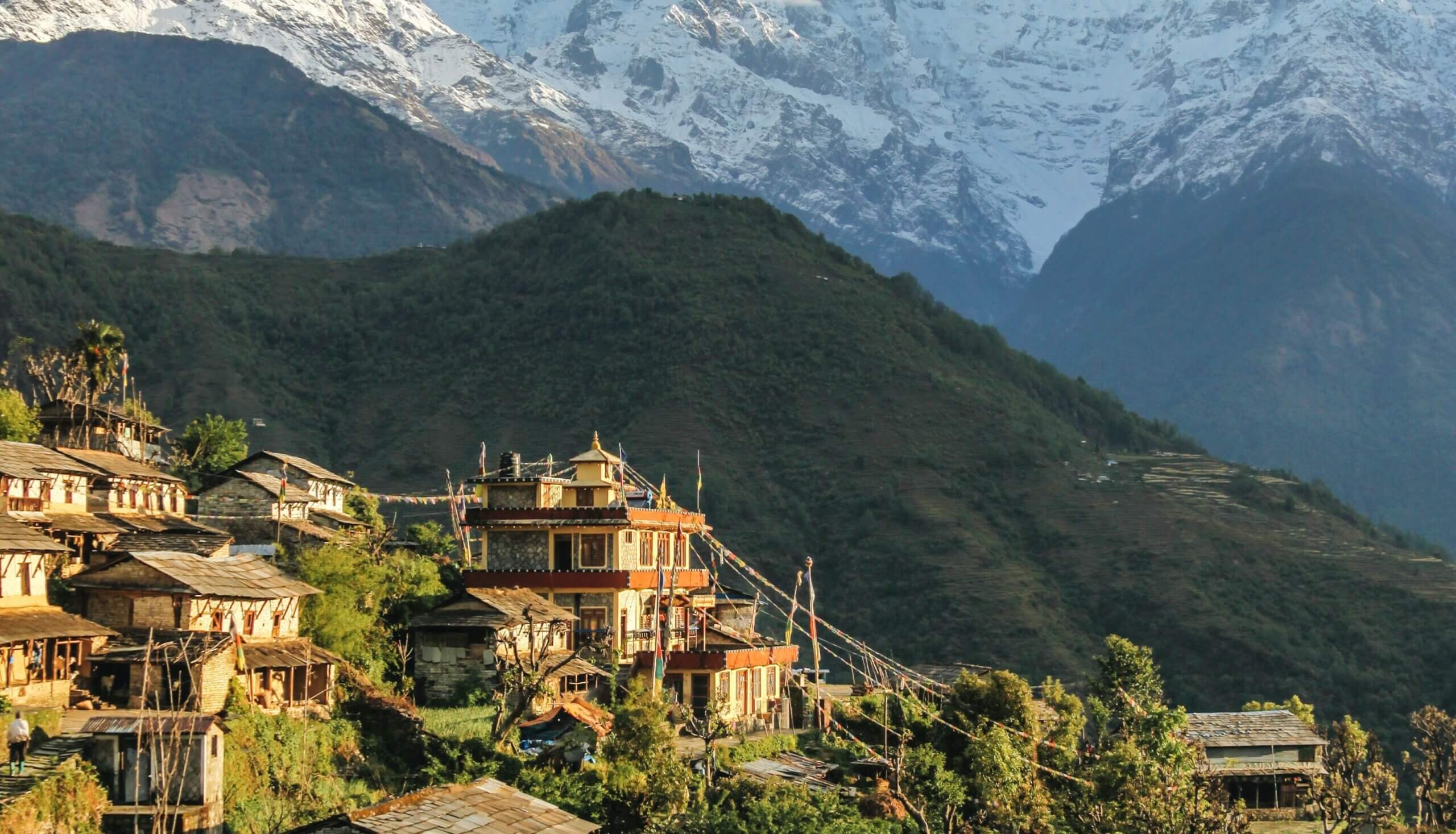
Mina, 20, lived on the south edge of Nepal and was raised in an impoverished family where her father made about $30 a week. After her 15th birthday, she was pushed into child marriage.
The precise cause of her marriage is unknown, but poor parents frequently marry off their daughters to offload the burden of feeding them or hand them a future filled with food, finance, and fine clothing – courtesy of a husband.
Mina could also have been married off because of dowry custom.
In Nepal, a dowry, an illegal but customary tradition, is a payment of $100 to $10,000 from a bride’s to groom’s family at the wedding. If the bride is older, the price steepens.
This expectation drives poor parents to send away their kids young.
Inside the marriage
Regardless of the journey to the altar, victims of child marriages can all suffer from a range of issues post wedding, like abuse, early pregnancies and stunted education, as many leave school once wedded.
Mina, hanging up her school bag at age 16, joined a list of kids struggling or starving for education in Nepal. According to a report in 2015 by the Government of Nepal, over half of Nepali females can’t write a sentence.
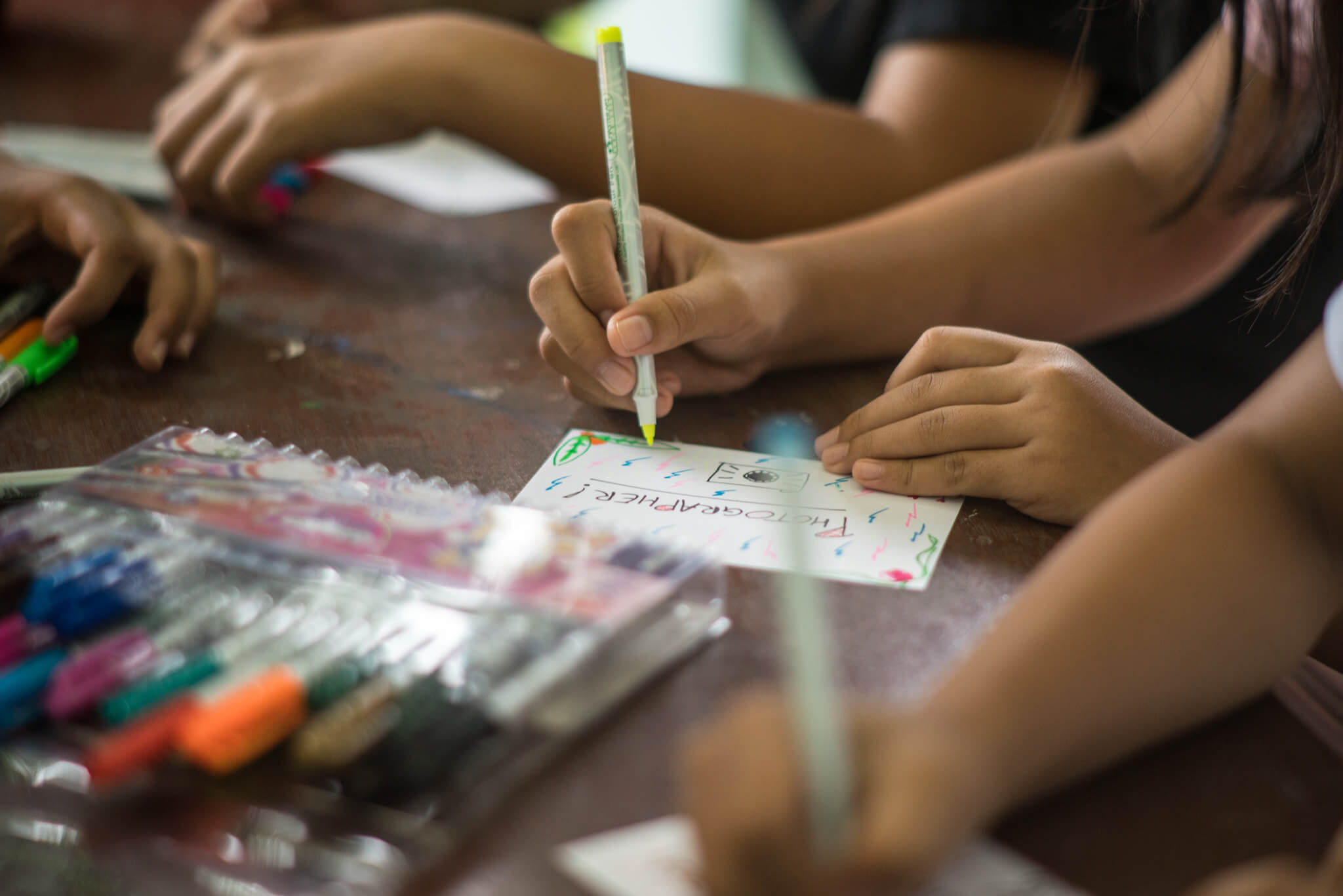
Child brides, such as Mina also tend to fall pregnant early. Whether they were pressured into sex or lacked contraception, mothers can experience complicated deliveries and even maternal death.
The brides can experience further health issues outside of the hospital, like mental, physical and sexual abuse from their husbands.
Mina’s husband, who left to work in Saudi Arabia, hurled abuse at her each time she called him.
He also cut off her remittances for two years.
Following the collapse of her marriage, Mina was a separated, single mother who had lost her financial support. While she landed a job as a retailer making $50 a month, she was a ripe target for traffickers.
Like many survivors in similar circumstances last year, Mina met her trafficker on social media who offered her a well-paying job in a neighbouring nation.
But our border agents stopped Mina in her tracks as she approached the Nepal border in December last year, preventing her from reaching her final, darkest destination: human trafficking.
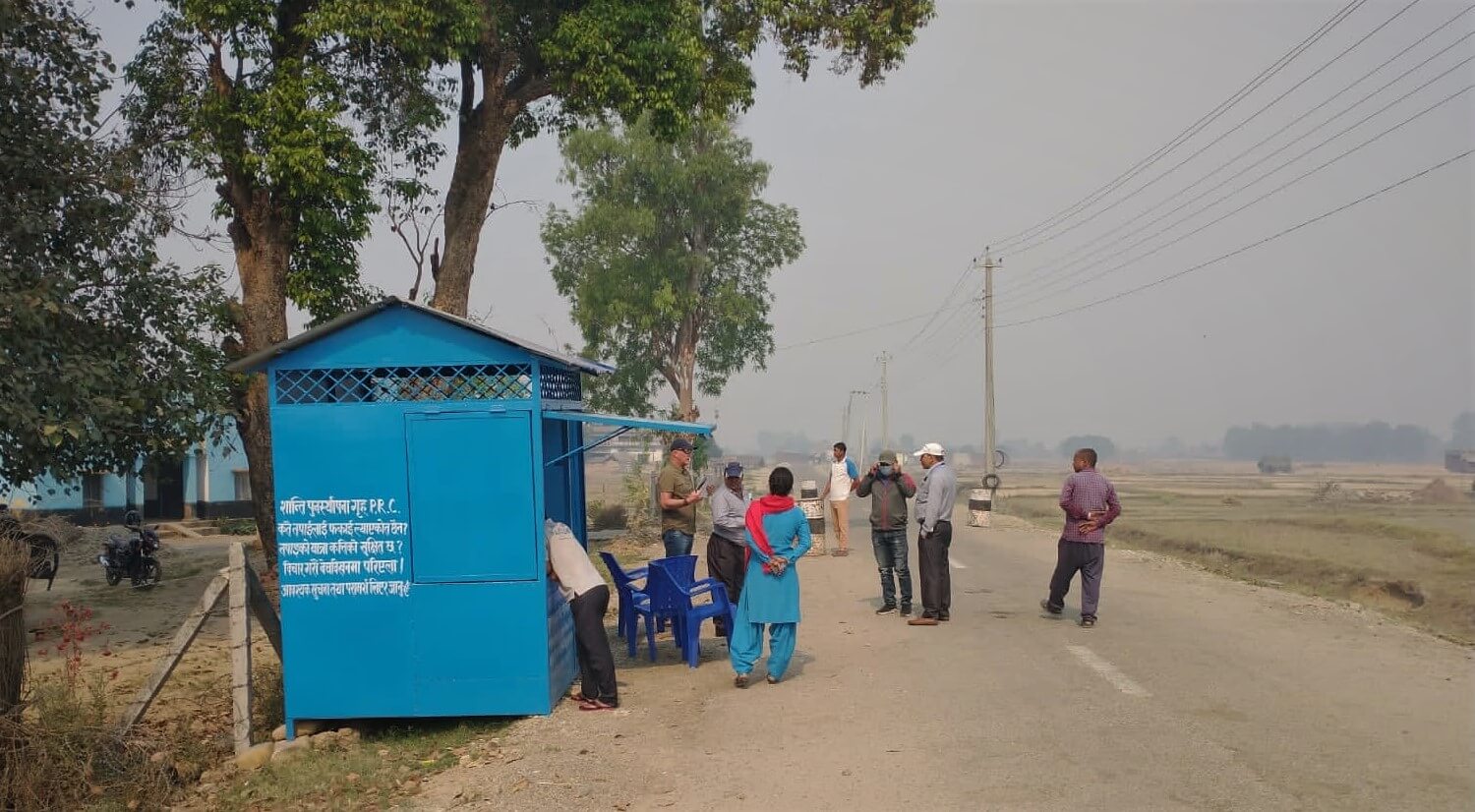
On the other side of the world
Transition from child marriage to sex industry can also be observed in Uganda 3800 miles from Nepal .
Uganda has the 16th highest number of child marriages worldwide, with 34% of its women aged 25 to 49 married before their 18th birthday, according to a 2019 UNICEF report.
Project director Benson, says poverty in Uganda is a critical factor in fuelling child marriage, much like Nepal.
Impoverished parents amongst the seven million poor in Uganda can marry off their daughters to “get rich,” Benson says. Unlike in Nepal, Ugandan dowries, ranging from $500 to $5000, are paid from the groom’s to the bride’s parents.

Some parents believe that the more girls you have, the more wealth you will fetch,” he says.
Poor parents might also send their daughter into an early marriage to relieve themselves from paying for her basic needs, like school fees.
Benson says once inside the marriage child brides are at a high risk from a long, weighty list of issues, mirroring Nepal.
The girls can experience poor education, domestic abuse, sexually-transmitted diseases and mental illnesses, especially if forced to tie the knot. Early pregnancy, again, is one of the most dangerous outcomes for mother and baby.
Teen pregnancies, from girls ages 15 to 19, make up a quarter of the 1.2 million pregnancies every year in Uganda, with 300,000 leading to unsafe abortions, according to UNICEF. The risk of maternal death is 28%.
Husbands can also abandon their child brides. Under this back-breaking camel straw and amid other serious issues – some girls turn to selling sexual services in exchange for basic needs – just to stay alive.
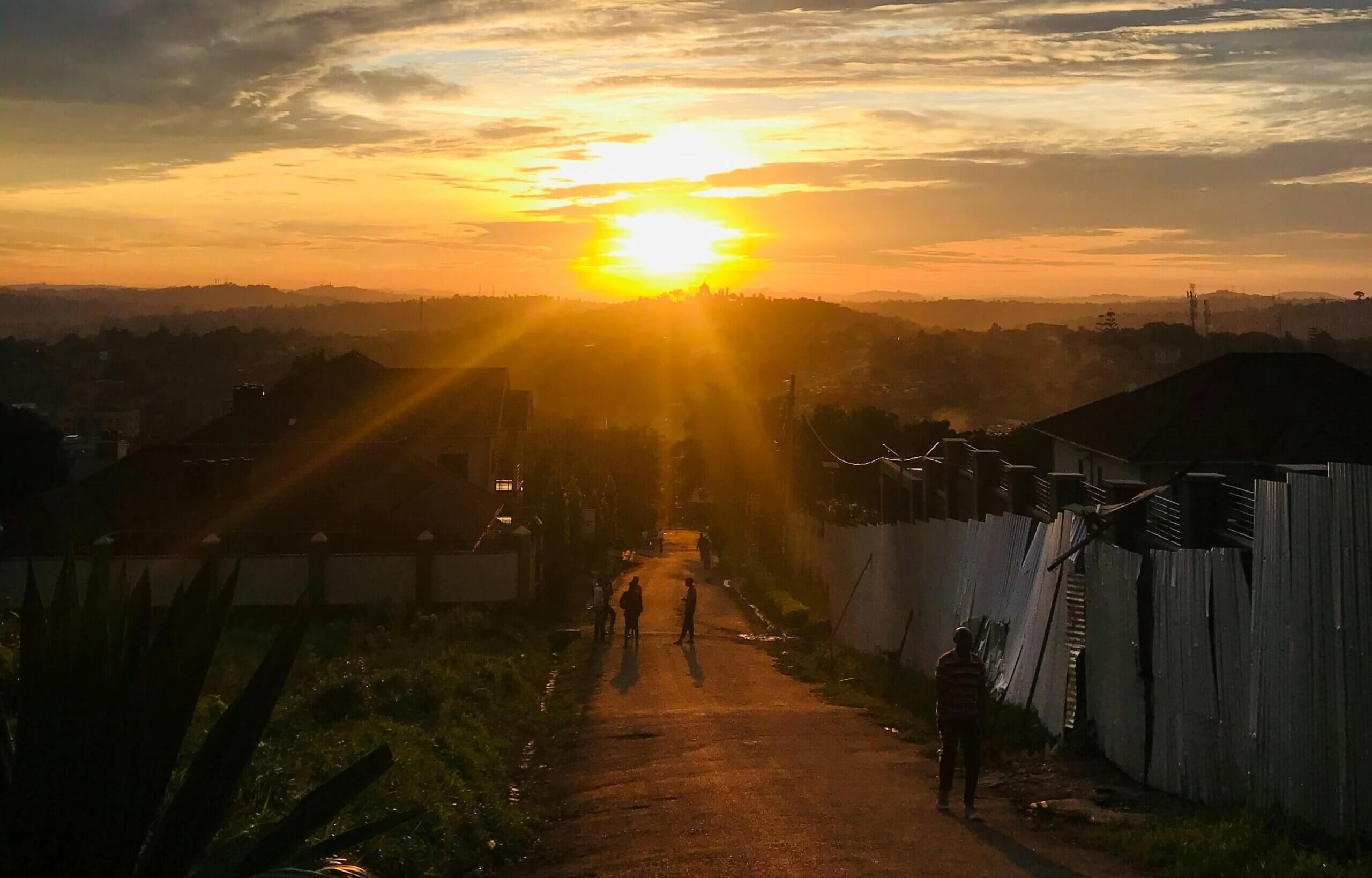
Child Rescue’s partners don’t yet track how many survivors were also victims of child marriage in Uganda. However, last year the teams rescued 429 people, almost all children – from selling themselves for survival.
Where’s the resistance?
Despite laws against child marriage in Uganda and Nepal the crime remains a chronic, perennial issue.
In Nepal, citizens must be at least 20 to marry, or 18 with their parent’s consent. In Uganda, under The Children Amendment Act 2016, citizens must be at least 18 – with no exceptions.
Despite these rules, and government commitments to fighting this crisis, some poor, desperate parents and law enforcement turn a blind eye to the laws in their respective countries. “There are challenges,” Benson says.
To help wage war against child marriages in Uganda, Child Rescue’s partner organisation empowers girls across the country, including teaching them how to clothe themselves with dignity.

They recognise that their body is a temple of God and that they are not sex objects,” Benson says.
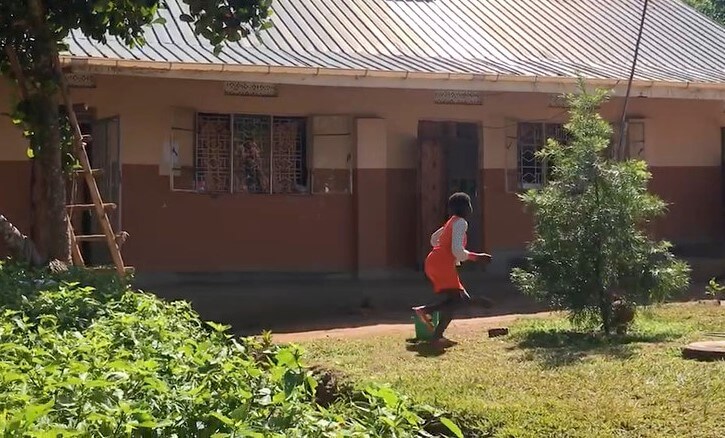
Relentless rescue
Child Rescue’s partners rescued more than 1200 survivors in Uganda and Nepal last year. Some had already suffered from child marriages before our team found them – a present nightmare that could have worsened.
In the wake of Covid-19, child marriage and exploitation worldwide is expected to skyrocket.
If you would like to enrich our team’s fight against human trafficking across the world, please consider donating.

 US & International
US & International Australia
Australia United Kingdom
United Kingdom